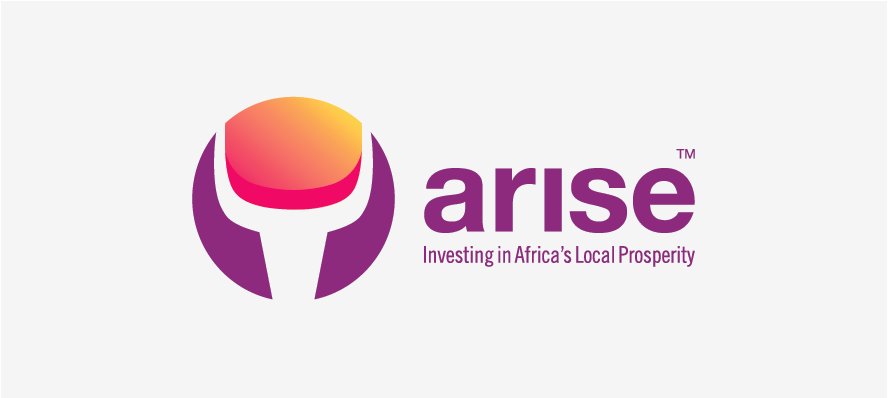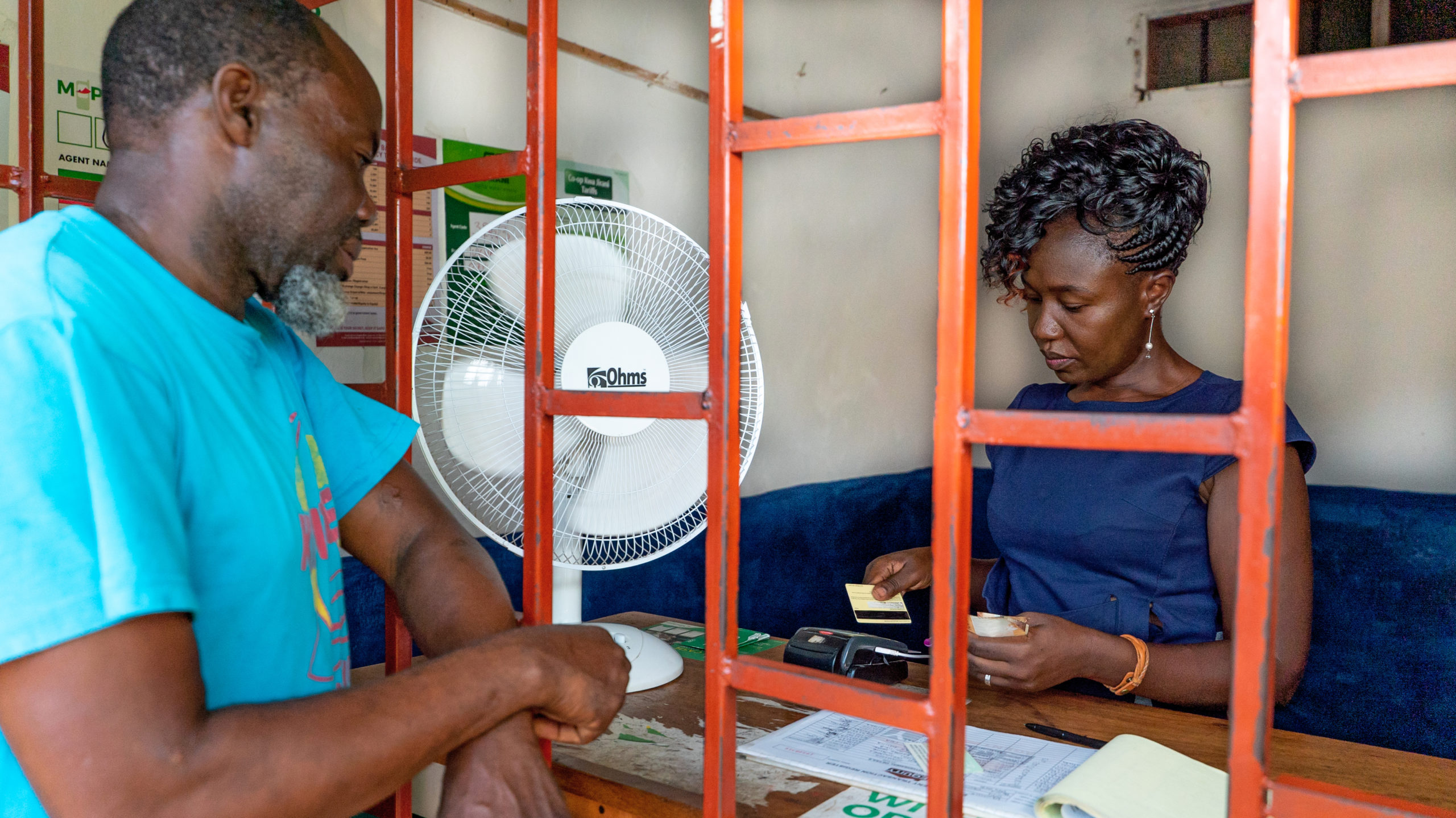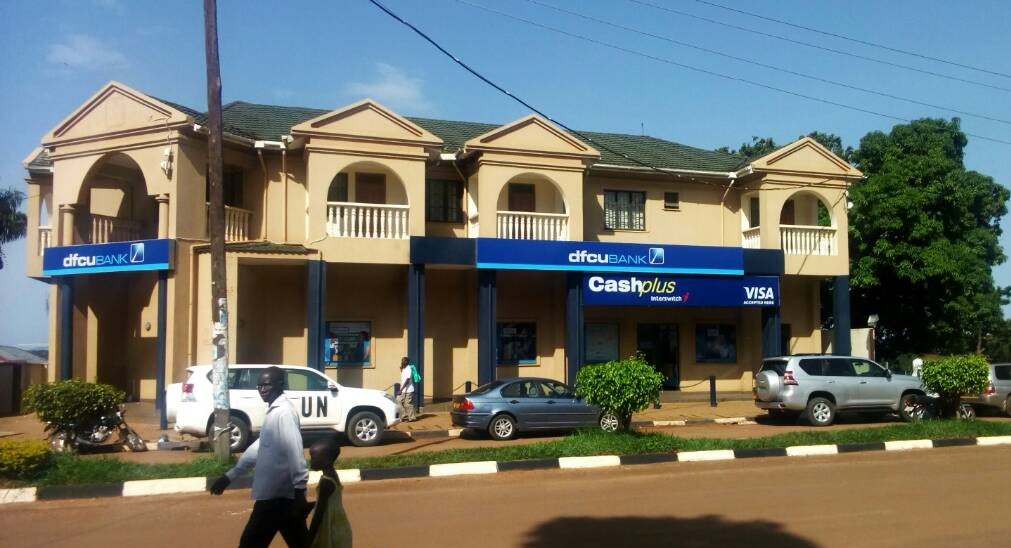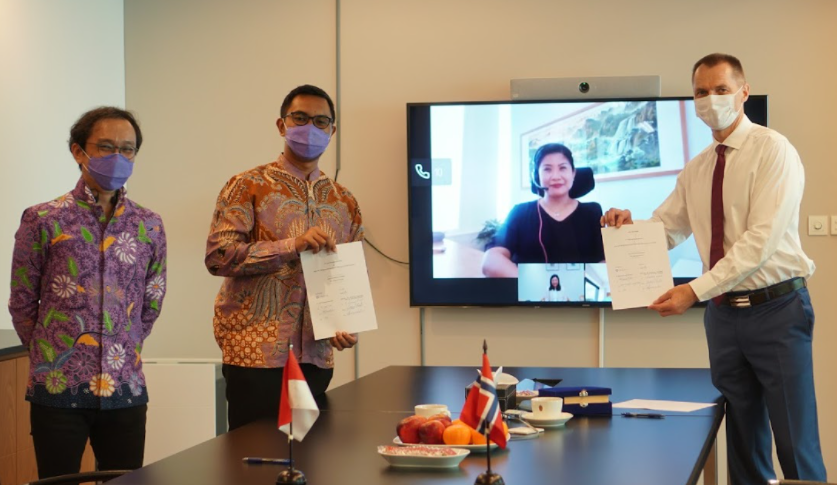Financial inclusion
Norfund invests in banks, microfinance, and financial technologies to strengthen financial inclusion.
Why invest in financial inclusion?
Financial inclusion refers to efforts to make financial products and services accessible and affordable for all businesses and individuals.
In low- and middle-income regions, the financial sector is often underdeveloped. Businesses and individuals have limited access to basic financial services, such as bank accounts, payment services and credit facilities. Across developing countries, it is estimated that 65 million formal Micro-, Small- and Medium-sized enterprises (MSMEs) have unmet financing needs, and globally about 1.4 billion adults remain unbanked and even more are underbanked.
Historically, traditional banks in many developing countries have seen a disproportionately low share of loan portfolio lending to primary agriculture and food and agricultural value chain clients. By investing in the development of banks and microfinance institutions, more farmers can get access to loans to invest in anything from new tools and seed varieties to artificial fertilizers and irrigation systems, thereby increasing their productivity and making production more climate resilient.
By investing in broad-based financial institutions, fintech and microfinance, we contribute to removing the barriers that exclude people from participating in the financial sector and to enhance private sector development and job creation in developing countries.
Our ambitions
In our strategy 2023-2026, our defined ambitions are:
new clients at the financial institutions
increase in lending provided
What we invest in
Financial Inclusion is Norfund’s second largest investment area. We focus on:
- Commercial banks
- Microfinance institutions
- Fintech
- Other financial services, including non-deposit taking lenders, insurance and leasing
Commercial banks
The banking sector in poor countries is often underdeveloped. Norfund aims to develop efficient, scalable banks that can provide more targeted and less expensive services to small and medium sized enterprises (SMEs), the retail market and individuals. This may be achieved through a combination of skills development and technology utilization as well as in many cases improved corporate governance.
Microfinance institutions
Microfinance includes financial services offered to low-income individual entrepreneurs and micro-companies without access to traditional banking services. Microfinance services usually include microcredit, deposits and insurance. Norfund invests in commercialized microfinance institutions with the willingness and ability to scale and maximize reach and development impact. Adherence to the Client Protection Pathway is encouraged.
FinTech
While many individuals may not have access to financial services, many more have mobile phone access, making this a useful tool to bridge this gap. FinTech can increase the breadth of available financial services. Our mandate is to increase financial inclusion, making FinTech a natural area of interest for Norfund.
Non-bank financial institutions
Norfund invests in non-bank financial institutions that are committed to serving SMEs, including insurance, leasing, payment and lending institutions specializing in sectors such as agriculture, infrastructure, education, and housing.
What we offer
Norfund is an active minority investor. We offer risk capital through equity, loans and funds to companies that meet our requirements.
To maximise financial and developmental success, Norfund strives to be a value adding owner beyond the capital investment. Norfund’s investment teams have extensive experience in project development and governance, and work closely with the partners to develop the companies. Norfund takes a position as an active owner and requires a board seat in equity investments. With more than 20 years’ experience of investing in developing countries, Norfund continuously builds and develops the expertise needed to invest and manage risks in order to succeed as an investor.
Partnerships
Norfund invests with or via partners to benefit from their knowledge and expertise. We prefer to partner with large, well-known and respected companies with local presence and a long-term horizon, whose interests align with those of Norfund.
Arise is a bank investment company in Sub-Saharan Africa with a USD 1 billion portfolio of large equity stakes in 10 leading African banks which have top 3 positions in close to 20 African countries. Norfund is the largest shareholder with more than 40 percent of the shares in Arise, and it is Norfund’s main vehicle for equity investments in larger African banks.
Abler Nordic (formerly NMI) was established in 2008 as a Norwegian initiative through a partnership between Norfund and the private investors Ferd, DNB, Storebrand and KLP. NMI has so far delivered both impact and solid returns and our objective is to develop Abler Nordic to become a leading Nordic player in the field of financial inclusion investments.













